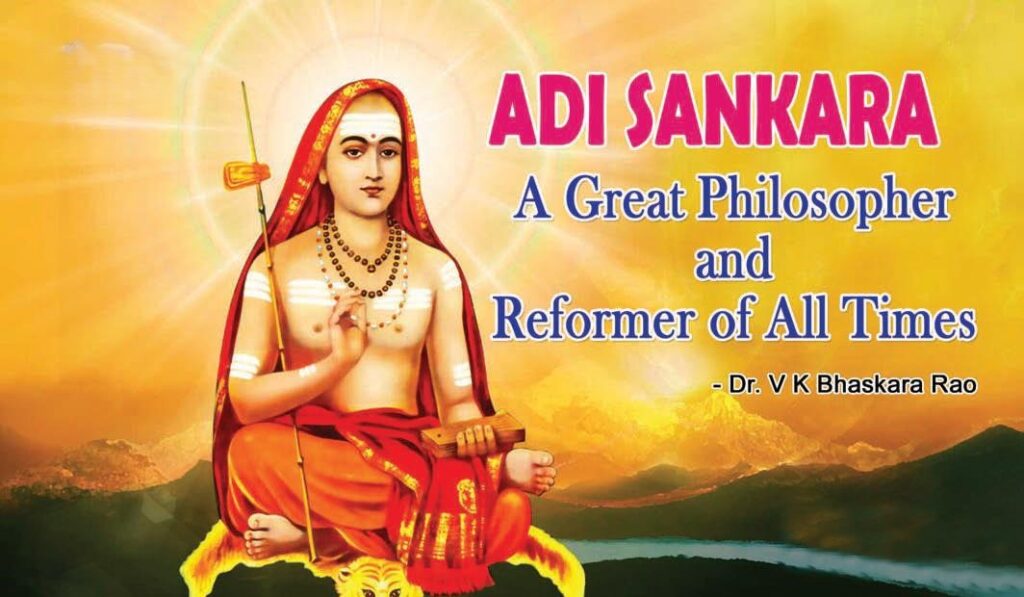Adi Shankaracharya – A Great Philosopher and Reformer of all Times One of the greatest philosophers, Adi Shankaracharya was born in a namboodri brahmin family approximately in the 8th century A.D. ie; nearly about 1230 years ago in a village called Kalady on the banks of river Periyar (Poorna) in Kottayam district of Kerala State. Read More
Tag: Shankaracharya
One of the greatest philosophers, Adi Shankaracharya was born in a namboodri brahmin family approximately in the 8th century A.D. ie; nearly about 1230 years ago in a village called Kalady

